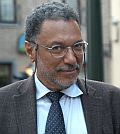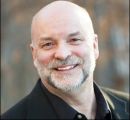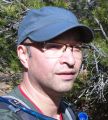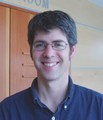RESTORE CREEKSHED HYDROLOGY, PREVENT STREAM EROSION, ENSURE FISH SURVIVAL: “By sharing the story of Shelly Creek, we want readers to recognize that erosion is a common issue impacting salmon and trout habitats in small streams, draining into the Salish Sea,” stated Peter Law, President of the Mid Vancouver Habitat Enhancement Society
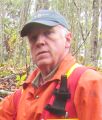
“The challenge is to move from stop-gap remediation of in-stream problems to long-term restoration of a properly functioning watershed,” stated Peter Law. “Through their involvement in MVIHES, community stewardship volunteers are demonstrating what it means to embrace ‘shared responsibility’ and take the initiative to lead by example. A paramount goal is to ‘get it right’ in the stream channel,” stated Peter Law. “The survival of Coho salmon in the Englishman River depends on a healthy Shelly Creek.”



